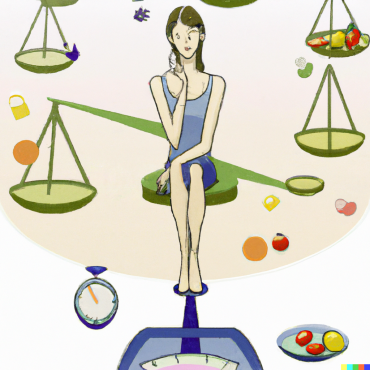Osteoporosis is essentially the thinning of the bones. Bones are tissues that are continuously being broken down and then rebuilt again. Osteoporosis occurs when the tissue is being rebuilt at a lower rate than it is being broken down. As a result, the bones tend to become a great deal more hollow and brittle. While anyone can be affected by it, women, particularly those who have undergone menopause are especially at risk for osteoporosis. If you have been diagnosed with this condition, you should know that there is plenty that you can do to improve your situation. By making certain lifestyle changes, you should find yourself greatly advancing your quality of life.
Improving Your Diet and Nutrition
One of the reasons that your osteoporosis may be progressing considerably is that you are not consuming enough of calcium in your daily diet. This can easily be remedied. Women between the ages of 18 and 50 require about 1000 milligrams a day. Those older than this may need about 1,200 milligrams a day. Dark leafy green vegetables as well as salmon and sardines have shown to have adequate amounts of calcium. You can also consume dairy products but aim to eat and drink those that have a lower fat content. There are plenty of foods that have also been fortified with calcium that will help you to reach your daily requirements. In addition to the calcium, you will also need to make sure that you are getting enough of Vitamin D. This is because Vitamin D helps the body to absorb the calcium that you are consuming in your diet. Gentle sunlight as well as various fish offer the Vitamin D that you may need.
Get Proper Exercise
While it may seem counterintuitive to move around with fragile bones, exercise is incredibly important if you have osteoporosis. This is because it strengthens the bones and the muscles, making sure that your body is less likely to get hurt during falls or accidents. It has been discovered that strength training and weight bearing exercises are most favourable in aiding osteoporosis management. Strength training exercises include lunges, squats, deadlifting with small weights, and planks. On the other hand, weight bearing exercises span walking, running, skipping, or any other impact-causing activity. For some added advantages, you can even try out exercises that will help to improve your balance. This, in turn, will reduce the number of falls that are likely to occur later on in your life.
Prevent Falls
With weakened bones, falling can prove to be one of the most dangerous accidents that can occur. This is because you are much more likely to sustain a broken bone or other serious injury. The best way to prevent the injuries, however, is to prevent the falls. This means taking the necessary precautions to ensure that you are kept as stable as possible. One of the most effective ways of doing this is to make sure that you have adequate support as you are walking. Use walking aids such as walking canes to help you get from one place to another. This will improve your gait, while making sure that the pressure is more evenly spread throughout your body. You should also take care to wear the right non-slip shoes, get rid of obstructions, and make sure that your home is a safe environment.
While you cannot undo being diagnosed with osteoporosis, you do not have to succumb to it either. These are just a few of the ways that you can ensure that you are still living life to the fullest.

























































Comments